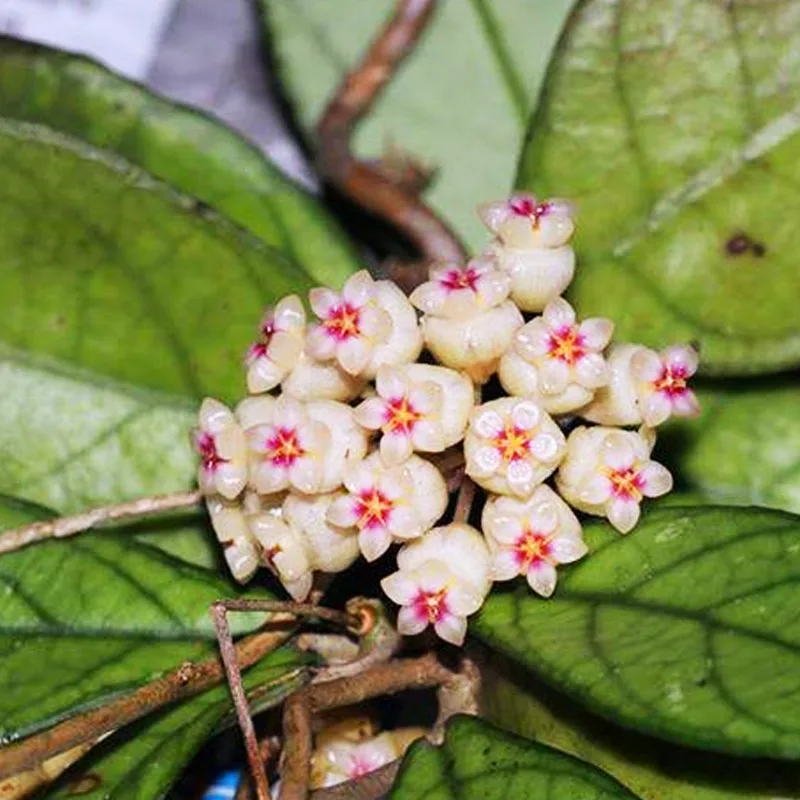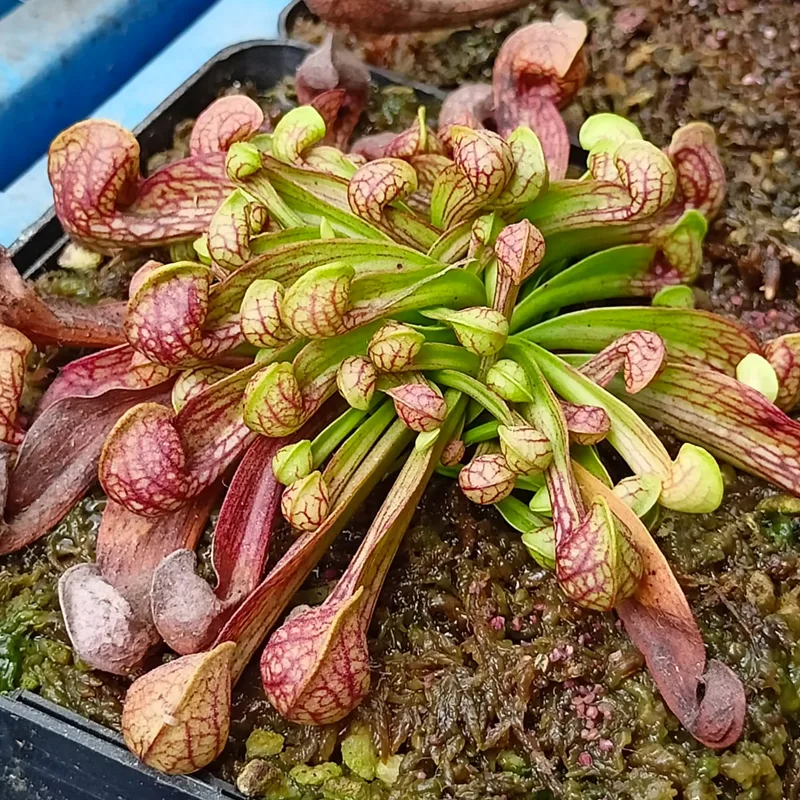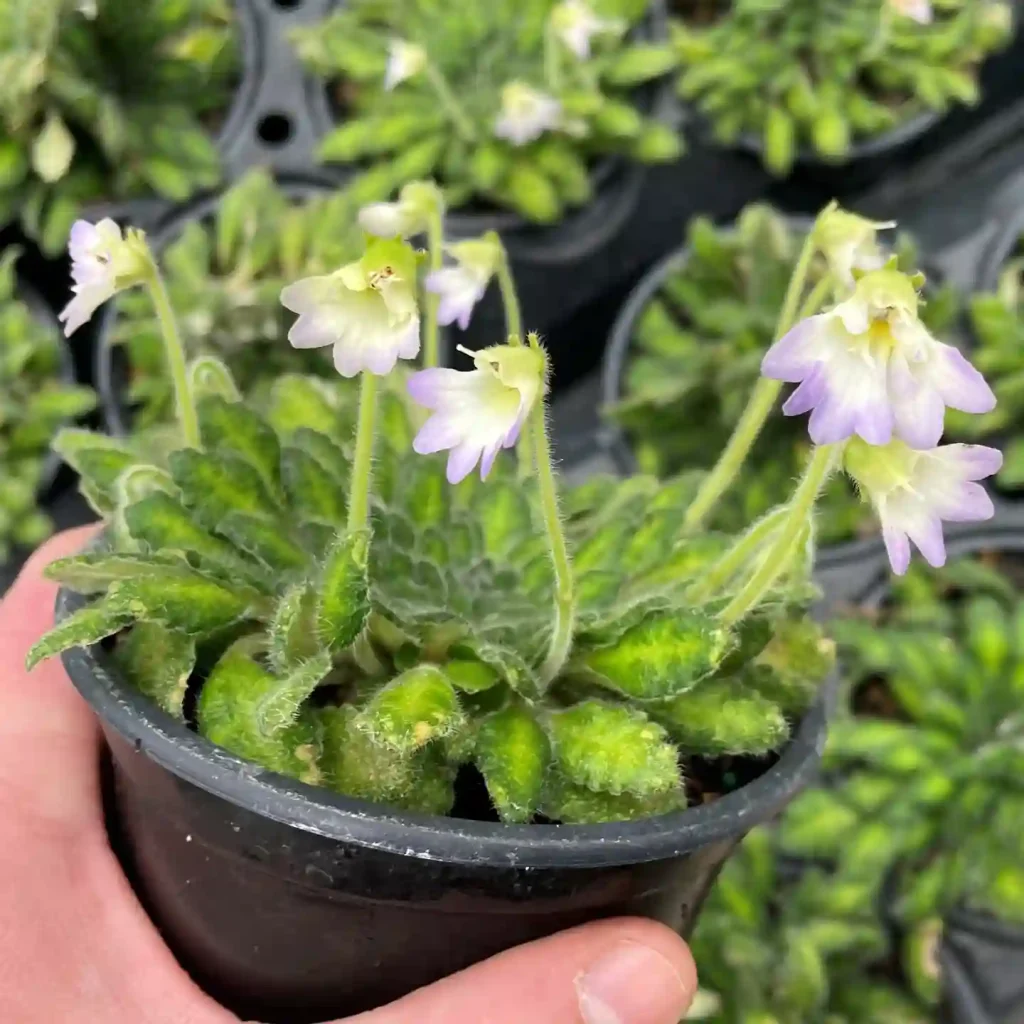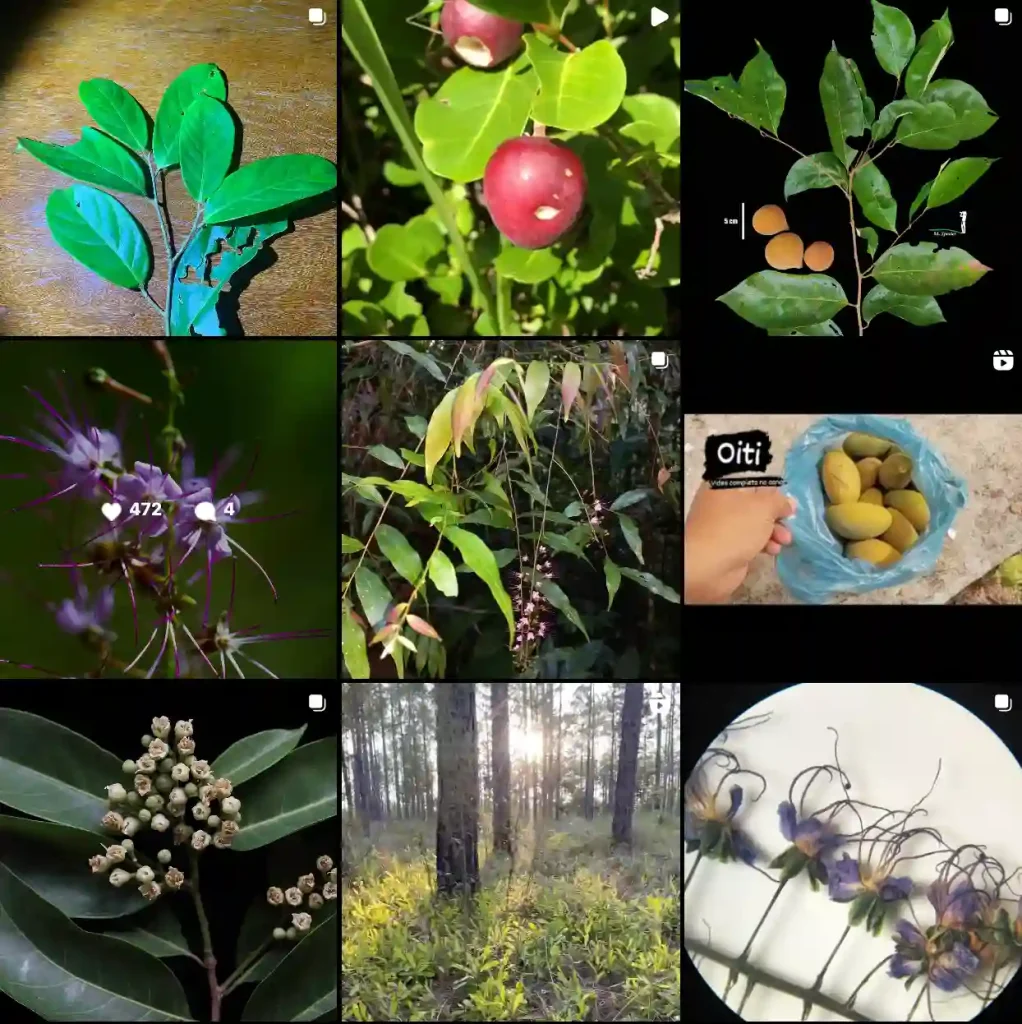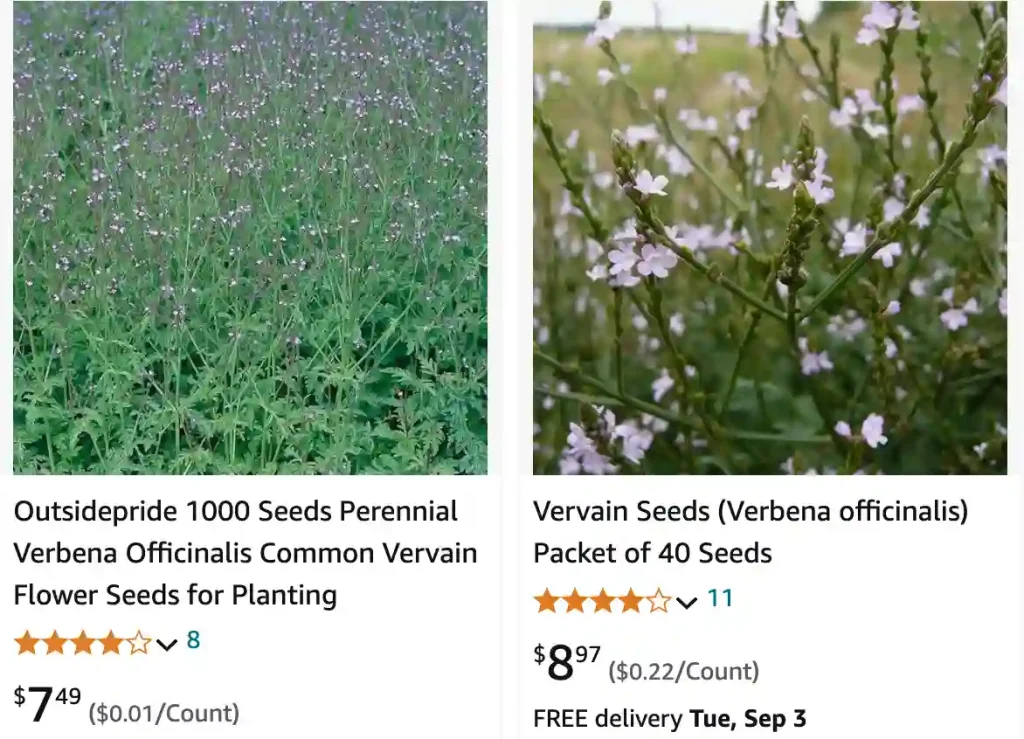
What Is Vervain?
Vervain, scientifically known as Verbena Officinalis, is a perennial herb that has been used in various cultures for centuries. This plant, often referred to simply as “Vervain,” is native to Europe and Asia, but it has also spread to other parts of the world. Vervain is known for its striking purple or blue flowers and its fragrant, serrated leaves. Historically, it has been associated with magical properties and has been used in traditional medicine.
165 Species in Genus Verbena
What Is Vervain Used For?
Vervain has a range of uses, both historical and contemporary. In traditional medicine, it has been used to treat various ailments, including anxiety, insomnia, and digestive issues. It is also believed to have mild sedative properties, which can help in calming the nerves and improving sleep. Additionally, Vervain has been used in herbal remedies to alleviate symptoms of menstrual cramps and respiratory conditions.
What Is Vervain Tea Good For?
Vervain tea is one of the most popular ways to consume this herb. The tea is known for its soothing and calming effects. Drinking Vervain tea can help with stress relief, promote relaxation, and support better sleep. It’s also used for digestive issues like bloating and indigestion. The tea is sometimes recommended for those experiencing mild anxiety or mood swings, as it is thought to have a mild antidepressant effect.
How to Make Vervain Tea?
Making Vervain tea is quite simple. Here’s a basic recipe:
- Ingredients:
- 1-2 teaspoons of dried Vervain leaves (or fresh if available)
- 1 cup of boiling water
- Honey or lemon (optional for flavor)
- Instructions:
- Place the dried or fresh Vervain leaves in a teapot or cup.
- Pour boiling water over the leaves.
- Cover and steep for 5-10 minutes.
- Strain the leaves and pour the tea into a cup.
- Add honey or lemon if desired.
Enjoy the tea while it’s still warm. Drinking it before bedtime may help promote relaxation and improve sleep quality.
Where Can I Buy Blue Vervain?
Blue Vervain, scientifically known as Verbena hastata, is another variety of Vervain known for its striking blue flowers. You can purchase Blue Vervain from various sources:
- Herbal Shops: Many herbal stores carry Blue Vervain in dried form or as part of their herbal remedy blends.
- Online Retailers: Websites like Amazon or specialized herbal medicine sites often offer Blue Vervain in different forms, such as teas, tinctures, or dried herbs.
- Local Nurseries: If you’re interested in growing Blue Vervain yourself, check with local nurseries or garden centers that specialize in herbs.
What Does Vervain Smell Like?
Vervain has a distinctive fragrance that many describe as earthy and herbal with a slightly sweet undertone. The scent is not overpowering but can be quite pleasant. This aromatic quality is one reason why Vervain is often used in herbal teas and remedies.
Can You Eat Vervain?
While Vervain is primarily used in herbal preparations and teas, it is generally safe to consume in small quantities. However, it is not commonly eaten as a raw herb. Its primary use is in dried or brewed form, where its benefits can be more effectively extracted. Eating large amounts of Vervain or using it excessively could potentially lead to adverse effects, so it’s best to use it in moderation.
Is Blue Vervain the Same as Vervain?
Blue Vervain and Vervain are related but not the same. Blue Vervain (Verbena hastata) is a different species from the common Vervain (Verbena officinalis). Blue Vervain is known for its blue-purple flowers and has similar uses but also some unique properties. Both types have been used in traditional medicine, but their applications and effects may vary.
Vervain vs. Verbena
The terms “Vervain” and “Verbena” are often used interchangeably, but they refer to different plants within the same family. Vervain generally refers to Verbena officinalis, while Verbena can also refer to other species within the Verbena genus. While they share some similarities in appearance and uses, there can be differences in their specific benefits and applications.
Vervain vs. Blue Vervain
While Vervain (Verbena officinalis) and Blue Vervain (Verbena hastata) share some similarities, they are distinct species with different characteristics. Blue Vervain has more vibrant blue flowers and is often used in herbal medicine for its slightly different properties compared to the traditional Vervain. Blue Vervain is known for its potential benefits in respiratory and digestive health.
Vervain vs. Lavender
Vervain and Lavender (Lavandula angustifolia) are both aromatic herbs but have different uses and properties. Lavender is known for its calming effects and is often used in aromatherapy for relaxation and sleep improvement. Vervain, on the other hand, has a broader range of uses including stress relief, digestive health, and as a mild sedative. Their scents are distinct, with Lavender having a sweet, floral aroma and Vervain being more earthy.
Vervain vs. Lemon Verbena
Lemon Verbena (Aloysia citrodora) is another herb with a strong, lemony fragrance, quite different from Vervain. Lemon Verbena is often used for its refreshing aroma in culinary applications and teas. Vervain, while also used in teas and herbal remedies, has a more earthy scent and a different set of medicinal uses. Lemon Verbena is prized for its uplifting and digestive properties, while Vervain is known for its calming and soothing effects.
Vervain vs. Valerian
Vervain and Valerian (Valeriana officinalis) are both used for their calming effects, but they come from different plant families. Valerian is often used to treat insomnia and anxiety, while Vervain is more commonly used for its mild sedative effects and to support digestive health. Both herbs have been used in traditional medicine, but Valerian is generally more potent in its sedative properties.
How to Care for Vervain?
Caring for Vervain involves providing it with the right growing conditions. It prefers well-drained soil and a sunny location. Regular watering is essential, but be careful not to overwater as this can lead to root rot. Vervain can be grown from seeds or transplants, and it benefits from occasional pruning to encourage bushier growth and more blooms.
How to Propagate Vervain?
Vervain can be propagated through seeds or cuttings. To propagate from seeds, sow them in well-drained soil and keep them moist until they germinate. For cuttings, take healthy stems and place them in a pot with a rooting medium. Keep the cuttings warm and moist until roots develop.
What to Plant With Vervain?
Vervain pairs well with other herbs and flowering plants in garden beds. It complements plants like Echinacea, Lavender, and other members of the mint family. Planting it alongside these herbs can help create a diverse and attractive garden while maximizing the benefits of companion planting.
Is Vervain Toxic?
Vervain is generally considered safe when used in moderate amounts as a tea or herbal remedy. However, consuming large quantities or using it excessively can lead to potential side effects. Always consult with a healthcare provider before using Vervain, especially if you are pregnant, breastfeeding, or taking other medications.
If i die, water my plants!
